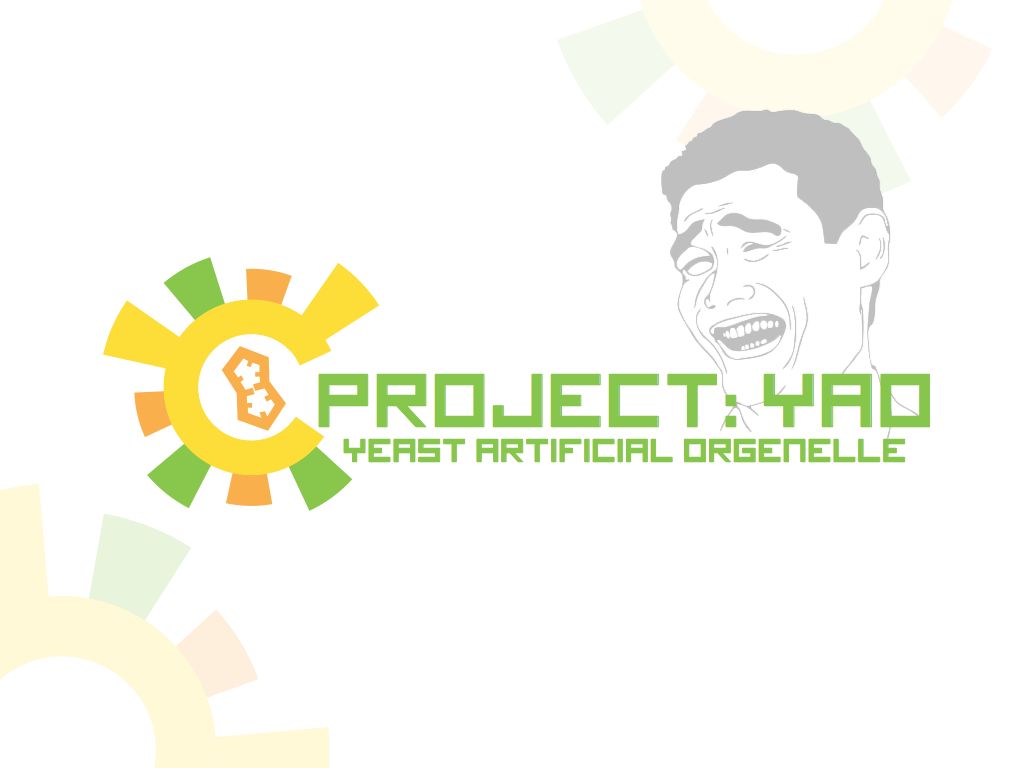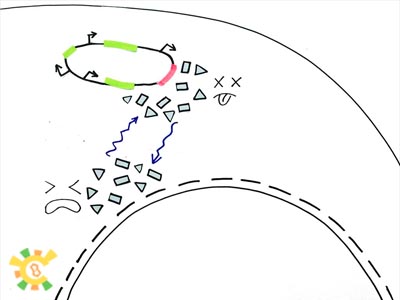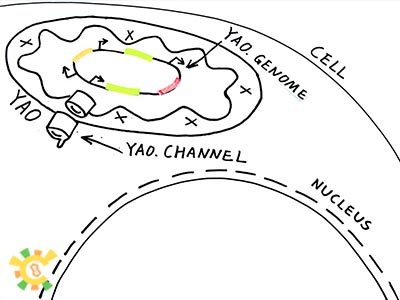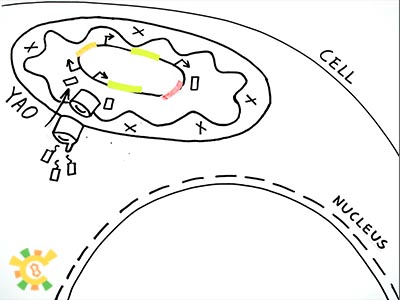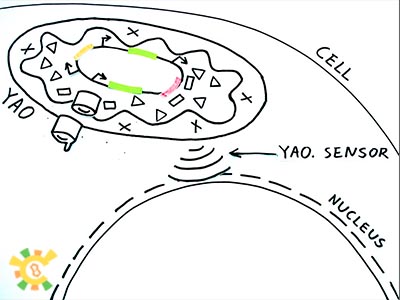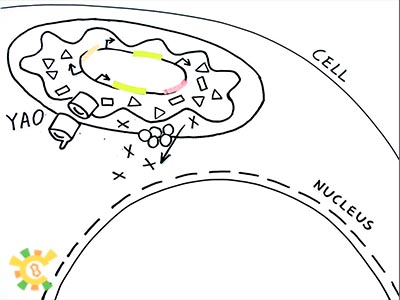Team:Shenzhen/Project
From 2012.igem.org
(Difference between revisions)
| (15 intermediate revisions not shown) | |||
| Line 1: | Line 1: | ||
| - | + | <!---------------------- | |
| - | + | ||
| + | Title: Project.htm | ||
| + | Team: Shenzhen | ||
| + | Author: BGI_K2 | ||
| + | Twitter: @BGI_K2 | ||
| + | Email: im.ss.kk@gmail.com | ||
| + | |||
| + | Please contact me if you would like to use this script | ||
| + | |||
| + | ----------------------> | ||
| + | {{:Team:Shenzhen/Temp/nav.htm}} | ||
| + | {{:Team:Shenzhen/Temp/left_project.htm}} | ||
| + | <div id="bodymain"> | ||
| + | <div id="media">{{:Team:Shenzhen/Temp/media_project_stories.htm}}</div> | ||
| + | |||
| + | <div id="intro">[[File:yao.008-001.jpg]] | ||
| + | </div> | ||
| + | |||
| + | <div id="picshow"> | ||
| + | <h5><< Project Introduction</h5> | ||
| + | <p>A short video introducing our project, Yeast Artificial Organelle #1.0. </p> | ||
| + | </div> | ||
| + | |||
| + | |||
| + | <div class="context"> | ||
| + | <h5>Background</h5><ul> | ||
| + | <p> This year, our team focuses on one of the major problems we faced in synthetic biology. When a synthetic pathway is introduced into the cell, it may somehow disturb the original system. On the other hand, the original system may prevent the synthetic pathway from working as expected. People are trying many different ways to solve this problem. One of them is to learn from eukaryotic organelles, using membrane structures to separate synthetic pathways to reduce interferences. However we think that a simple membrane is not enough for a cell factory.</p></ul> | ||
| + | <div class="figurep"> | ||
| + | [[File:project_stories_p1.jpg]] | ||
| + | <p>Figure 1. Inferences between synthetic pathway and original systems.</p></div> | ||
| + | <ul><p> So our idea is to construct a real semiautonomous organelle from the natural one, yeast mitochondrion, we call it Yeast Artificial Organelle, and YAO for short. </p></ul> | ||
| + | </div> | ||
| + | |||
| + | <div class="context"> | ||
| + | <h5>Project: YAO</h5><ul> | ||
| + | <p> When YAO works as an organelle factory, it inherits some key features from mitochondrion, as membrane structure and semi-self-replication. Its genome and transport systems have to be engineered into artificial ones to meet our needs, as called YAO.Genome and YAO.Channel. </p></ul> | ||
| + | <div class="figurep"> | ||
| + | [[File:project_stories_p2.jpg]] | ||
| + | <p>Figure 2. YAO.Genome and YAO.Channel.</p></div> | ||
| + | <ul><p> Proteins needed in YAO are produced by YAO.Genome, or by nucleus and transported into YAO via YAO.Channel. </p></ul> | ||
| + | <div class="figurep"> | ||
| + | [[File:project_stories_p3.jpg]] | ||
| + | <p>Figure 3. Proteins with signal peptide transported into YAO via YAO.Channel.</p></div> | ||
| + | <ul><p> As Moreover, we also want our YAO to have new properties. we hope it can sense its status, send signals out and also respond to signals sent into it so it can be regulated. We call it YAO.Sensor. </p></ul> | ||
| + | <div class="figurep"> | ||
| + | [[File:project_stories_p4.jpg]] | ||
| + | <p>Figure 4. Production accumulates and YAO.Sensor works.</p></div> | ||
| + | <ul><p> As production accumulates to max, YAO.Sensor can tell the situation to nucleus, and initial a suicide for bio-safety purpose. This is the second new property, YAO.Suicider.</p></ul> | ||
| + | <div class="figurep"> | ||
| + | [[File:project_stories_p5.jpg]] | ||
| + | <p>Figure 5. YAO.Sensor works and initials cell death.</p></div> | ||
| + | <ul><p> And finally we want to combine all these components, YAO.Genome, YAO.Channel, YAO.Sensor and YAO.Suicider into a YAO.Factory to prove that YAO is more safe , stable and effective in biosynthesis.</p></ul> | ||
| + | </div> | ||
| + | </div> | ||
| + | {{:Team:Shenzhen/Temp/gallery.htm}} | ||
Latest revision as of 05:56, 25 September 2012
 "
"


